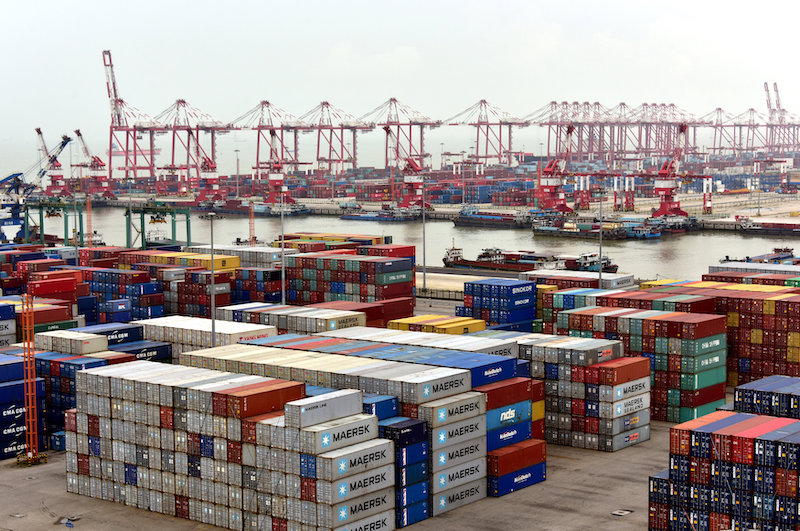US unveils sweeping new tariffs on pharmaceuticals, trucks and home goods
In addition, the administration plans to levy a 50% tariff on imported kitchen cabinets, bathroom vanities and related products, a 30% tariff on upholstered furniture, and a 25% tariff on foreign-made semi-trucks.

US President Donald Trump on Thursday announced a new round of sweeping tariffs covering pharmaceuticals, semi-trucks, kitchen cabinets and furniture, with duties set to take effect on 01 October.
The measures, issued under Section 232 of a national security law previously used to impose tariffs on steel, aluminium, autos and copper, are poised to ripple through multiple sectors of the US economy, from housing and health care to logistics.
Pharmaceutical imports face the steepest penalties, with tariffs ranging from 25% to as high as 100%. Branded or patented drugs will be hit hardest, although exemptions will apply to companies that have begun or are constructing US manufacturing facilities.
In addition, the administration plans to levy a 50% tariff on imported kitchen cabinets, bathroom vanities and related products, a 30% tariff on upholstered furniture, and a 25% tariff on foreign-made semi-trucks. With the US increasingly reliant on imports from Vietnam, China, Mexico and Malaysia for home goods, industry groups warn the new duties could squeeze both consumers and builders outfitting new homes. The petrochemical industry could also feel the impact, as polymers such as PP, PS, and ABS are widely used in furniture production.
The White House has opened a dozen investigations into the national security risks of imports ranging from wind turbines and semiconductors to copper, timber and critical minerals. This week, Trump added probes into personal protective equipment, robotics, industrial machinery and medical items.
Analysts note the ultimate economic impact may hinge on how the measures interact with existing trade agreements. Some argue that, absent overlaps with current country-specific trade deals, the fallout could be less severe. In late July, for instance, Washington and Brussels reached a broad trade agreement that includes 15% tariffs on pharmaceutical products.
Written: Farid Muzaffar
